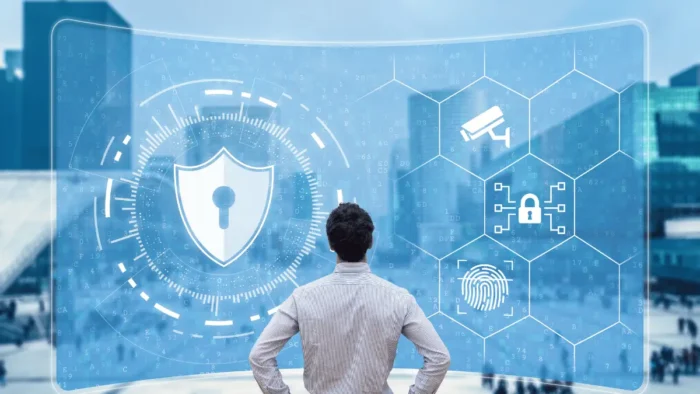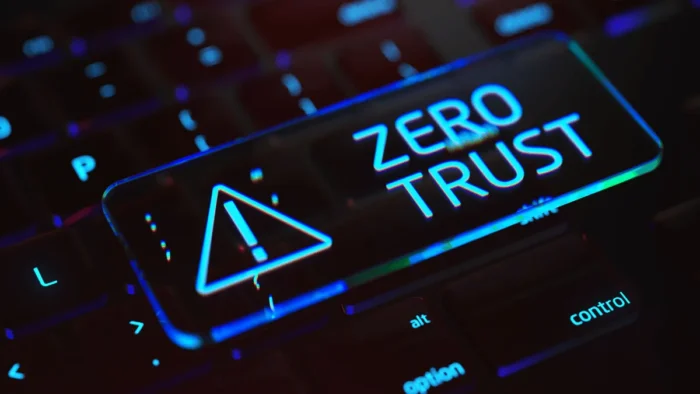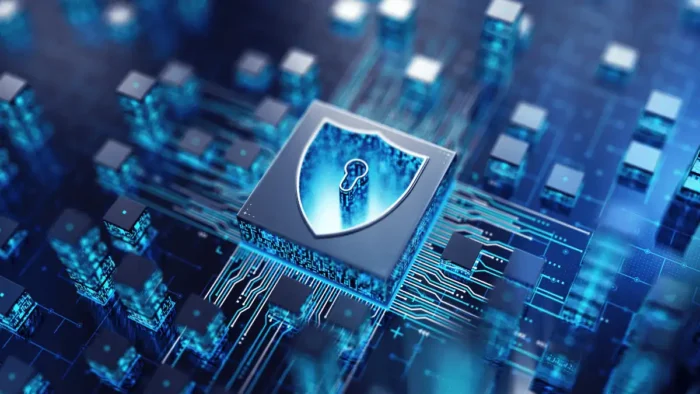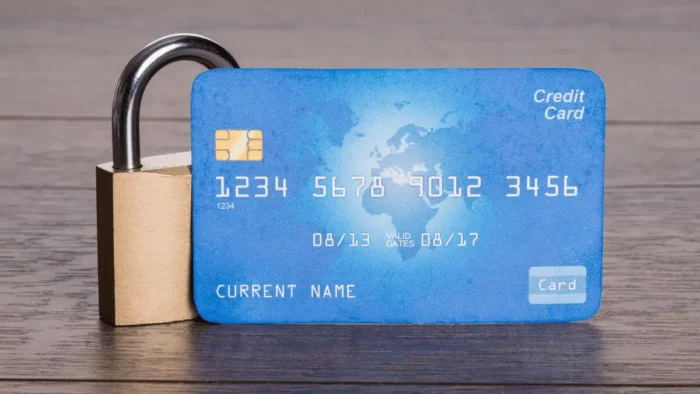We may have already forgotten about the COVID-19 pandemic, but it still has its implications in business life: mainly hybrid and remote work models. This shift to remote work, propelled by the pandemic, has brought up new challenges in terms of cybersecurity, and IT professionals are looking for ways to minimize these risks.
One of these newer challenges is the hardship of protecting distributed workforces. It is virtually impossible with traditional perimeter-based security approaches, so we need a modern one. Well, we have it; Zero Trust is a modern security framework that assumes nothing or no one is trusted by default, regardless of their location. In this article, we will discuss how this exactly helps secure distributed teams and why we need Zero Trust for remote work in general.
The Zero Trust Model
The Zero Trust model is a relatively modern security framework introduced by John Kindervag back in 2010. As its main focus, it challenges traditional network security approaches, which are based on the perimeter of the network. Since this “perimeter” has become vague in recent years due to the increase in remote work and distributed teams, Kindervag wanted to introduce this new approach as a way to protect private networks free from the location.
Related: The Team Effectiveness and Different Roles in Teams That Win
There are four pillars of the Zero Trust security model:
Least privilege:
Access should be based on needs and responsibilities. Users should only have access to resources they absolutely need to perform their jobs. If a certain access permission is not critical to the user, they probably don’t need it.
Microsegmentation:
The network should not act like a giant, single, and bulky digital entity. It should be segmented into isolated zones. This will allow your network to be more agile against threats and prevent attackers move laterally within the network, thus minimizing the impacted network surface.
Continuous monitoring:
Zero Trust security model provides organizations with extensive visibility over the network, and they should use it to monitor traffic and track user activity. Unauthorized access attempts and data exfiltration should always be watched out for, and this is particularly easy when you assign specific access permissions to users and use segmentation in the network.
Response:
This one is simple. No matter what you do, cyberattacks can still happen. There is one thing to ensure when it does; respond to it quickly and effectively and make sure that the breach is contained and controlled.

Implementing Zero Trust for Remote Work
Organizations that want to protect their network and data while still keep on working remotely can opt for the Zero Trust security model. The benefits of Zero Trust security, such as lower costs, being able to secure users regardless of location, and minimizing insider threats, have proven to be the perfect tool for businesses with distributed workforces.
Implementing Zero Trust to leverage these benefits can be a complex process for most, but you can simplify it by following a few steps. Here is a clear overview of what you need to do:
Define your security requirements
The Zero Trust security model is not a concrete solution or service, so it can change drastically depending on the security requirements of an organization. That’s why we have different Zero Trust architectures.
The first step in implementing Zero Trust is therefore identifying your security needs. This includes marking the digital assets you need to protect, examining the threat landscape, and detecting the current vulnerabilities in your system.
Assess your current security posture
The second step is assessing your current security posture, so you can know exactly what a Zero Trust approach would bring to the table and set up your security goals. Just like in step one, the most important thing in this step is identifying the gaps in your security structure to fill them when you transition to this model.
Implement the Zero Trust framework
The next step is where you implement the Zero Trust security framework. Remember the key components of Zero Trust? Principles such as least privilege, micro-segmentation, and continuous monitoring should be implemented in this step along with technological tools to ensure proper authentication and verification of the users.
Educate your employees
This new security approach will affect the end-users mostly as they are the ones to be asked for verification at every step of their daily operations. That’s why you need to prepare a good training program about the wonders of Zero Trust. Let them know how it will affect their work and how easy to use it is, and explain the new security steps they need to take. It is also good for them to understand how to report suspicious activities to IT professionals so they are engaged in the network’s security.
Monitor and improve your security posture
Monitoring your security posture is not something you do when implementing Zero Trust security. It should always be an ongoing process that is followed by improvements in your security posture to ensure you can keep up with emerging threats. This process includes reviewing and adjusting your access controls based on new roles and responsibilities, changing security policies for protection against new threats, and having certain plans to respond to certain types of security breaches.
Conclusion
Zero Trust is a more secure approach to remote work than traditional perimeter-based security models. Zero Trust offers a modern and effective way for organizations that want to secure distributed workforces and enforce high-end security regardless of the user location.
However, it is important to note that Zero Trust is not a silver bullet. You will still need a good plan to respond to incidents, but one thing is for sure; the Zero Trust security model both minimizes the risk of data breaches in distributed workforces and helps IT professionals contain and isolate a potential attack. That’s why we believe Zero Trust can be extremely valuable for protecting your network.





